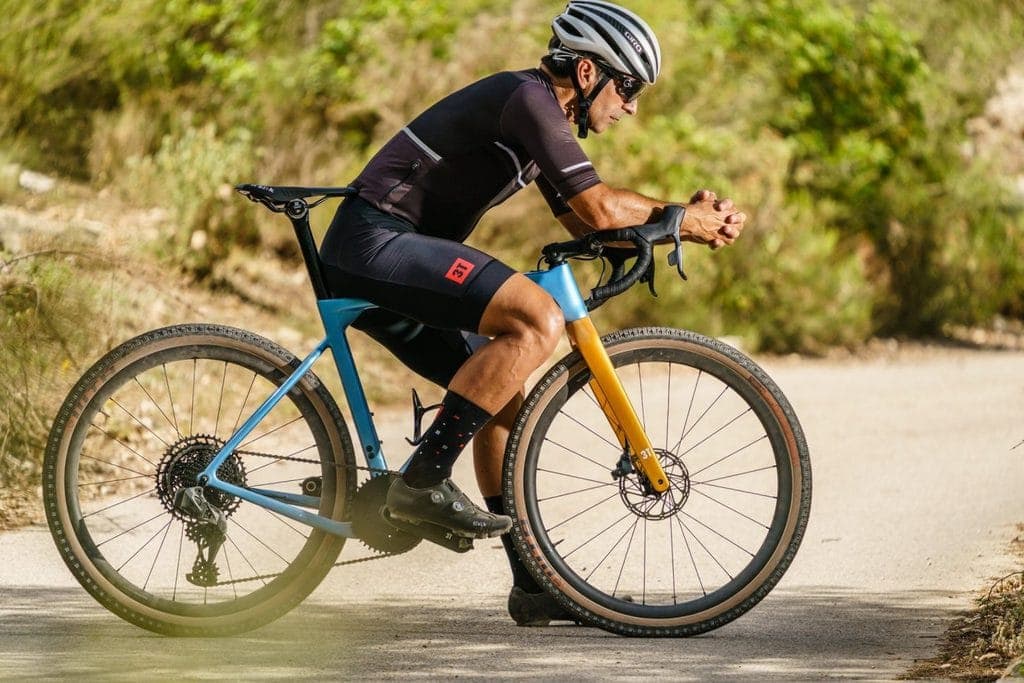8 Ways to Maximize Your E-Bike’s Battery Range and Lifespan
E-bikes have been surging in popularity over the past couple of years and industry experts expect the segment to continue growing as more people rely on them for their daily commutes.
The electric motor included on an e-bike gives riders a nice boost when they hit some kind of resistance in the road, like a hill. By cutting down on that extra work, commuters don’t have to worry too much about sweating on their bike before they head into the office for the day.
Of course, none of that is possible if your battery is dead.
Most e-bikes today have a range of 25 to 50 miles, but if you don’t take care of your battery, that could drop.
Have you wondered what are some of the best ways to maximize your e-bike’s battery lifespan?
Let’s find out.
1. Regularly Charge the Battery
One of the best things you can do for your e-bike’s battery is actually one of the most fun things. Go on a lot of rides and recharge that battery frequently.
Regular use and regular charging is one of the best things you can do for an e-bike battery.
And when we say regular charging we don’t mean you need to deplete the bike’s battery and then do a full recharge as some battery myths suggest.
If you ride your bike into work, that daily commute, depending on the terrain, total distance, and the number of times the motor kicks in, should bring you down to at least the 60% mark, which is totally fine. Most battery experts recommend frequent charging when the battery is between 30% and 60%.
About once every month or so, you should do a full discharge and recharge, but that’s definitely not needed every day.
2. Charge for 12+ Hours the First Time
While you’re going to be really excited to take your e-bike out for a spin when you get it, it’s a best practice to charge it for at least 12 hours the first time around. Plan on plugging it in 12 to 15 hours before your first morning commute so it will be ready.
The longer charge helps condition the battery and makes sure the entire charge is flowing through all cells.
If you neglect to do this 12+ hour charge the first time around, your battery’s range and lifespan could suffer performance degradation in the long term.
3. Use the Original Charger
Your e-bikes battery is not only custom-tailored to the bike, but also to its charger. Using a different charger can throw your battery out of whack and potentially damage it.
And many times, using a non-original charger can void the battery of any warranty claims.
Thankfully, these chargers are relatively light in case you need to bring one with you to the office. They’re also fairly affordable if you want to buy an extra. Just remember it’s the exact charger that’s designed for your model number.
4. Store the Battery Partially Charged
It’s not recommended you store a fully-charged battery because it ultimately degrades the cells more quickly.
If you’re not going to be using your e-bike, bring the battery down between 80% and 40%. Some people simply shoot for 50%.
Never store your bike’s battery on the charger. When you charge a lithium-Ion battery to 100%, it’s considered a full charge cycle, which is the most stressful event for a battery.
Remember, a battery’s lifespan is measured in charge cycles, so by bringing it down to 50%, your battery will be relaxing right in the middle.
5. Store in the Ideal Temperature
Temperature also plays a big role when storing your e-bike’s battery.
Lithium-Ion batteries lose 3% to 5% of their charge per month in storage but that can vary dramatically depending on the temperature of the room it’s stored in.
As temperatures go up, the loss of charge also increases. As temperatures drop, overall battery capacity drops.
The perfect temperature range is between 45 and 85ºF. If you can keep your battery inside a room that’s in the 60s, that’s most ideal.
This might be obvious, but make sure your battery is also stored in a dry location. Too much moisture can ruin a battery. If you live in a place where humidity gets really bad, you’ll want to store your battery in a room that’s air conditioned.
6. Use the Boost Mode Sparingly
One of the best features of an e-bike is its boost mode. Typically it’s a little button you can press to give your bike a 15% to 20% speed boost on your ride.
It’s a lot of fun, but it also puts more stress on the battery.
When it comes to e-bikes, you want as little bit of pedal assistance as possible, but as much that is needed. It’s a balancing act because in eco mode obviously isn’t that much fun, but you also can’t have your motor doing all the work for you when riding to your office for the day.
Think of it like gas mileage on a car. If you peel out from a stopped position every time and then slam on the brakes at every stop sign, your gas mileage is going to be awful. On the other hand, if you ease into your top speed and coast to a stop, you’re not going to be burning off gas as fast.
Using your turbo mode sparingly extends the life of your battery and keeps it healthy for a long time.
7. Watch the Overall Bike Weight
E-bikes are already heavier than traditional bikes. The more weight you add on, be it from a backpack or groceries you’re bringing home, the more stress you’re putting on the motor and the battery.
If you’re tackling some hills with that weight, expect even more strain on your battery.
E-bike manufacturers and the battery and motor designers understood that people will be at least bringing a work bag with them if they’re using an e-bike for a morning commute. Electric pedal-assisted mountain bikes come with larger batteries because engineers assumed those riders might be carrying extra items with them as well, plus they’re likely riding more hills.
So, you don’t have to be overly obsessive about watching how much weight you’re carrying on your e-bike, but if you’re using it to transport your child around frequently by using a children’s seat attachment on the back or if your bag simply has a lot of stuff in it, it could impact your battery over an extended period of time.
8. Use the Right Tires
Tires can play a huge role in chewing up battery power. It comes down to resistance.
If you’re a commuter, you want the smoothest ride possible. That’s not only for your comfort but also for the lifespan of your battery and general wear and tear on the motor.
Slick tires mean less friction when going up hills that require a boost from your pedal-assist motor. If you’re riding on mountain bike tires on the road, the extra tread is going to add more friction. It slows you down and forces the battery-powered motor to give you more boost.
It’s not just the type of tire that can impact battery life, either. You need to make sure your tire pressure is ideal. Just like a traditional bike, if your tires are low, you need to put in more effort to make the bike move. If your tire pressure is low, the motor will need to work harder to give you that pedal-assisted boost.



